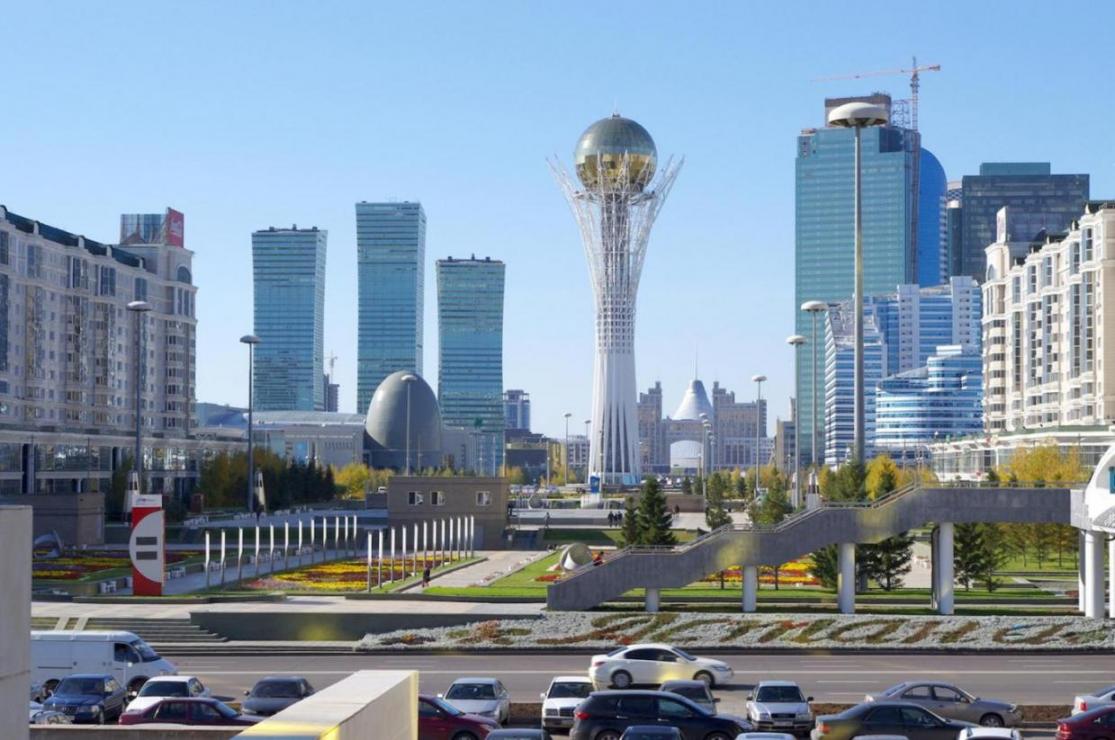As the countries of Central Asia and the Caucasus celebrate the 25th anniversary of their independence, structural reform has become critical.
The key to meeting many of the challenges, and seizing the opportunities of the changing global environment, is the closer regional economic integration with the rest of Asia and the Pacific, the under-secretary general of the United Nations said, ESCAP reported.
Shamshad Akhtar, who is also executive secretary of the Economic and Social Commission for Asia and the Pacific, said, regional economic integration, is key to development success in Central Asia and the Caucasus.
Much has already been achieved in the post-independence era. Market institutions are generally well established, and socio-economic progress has been significant, but this is threatened in 2016 by economic contractions, driven by steep declines in oil, gas and commodity prices, as well as by ongoing currency depreciations.
The deep and complex reforms necessary to build economies capable of weathering these storms have yet to be completed. As a result, according to the latest analyses by ESCAP, the economies of North and Central Asia, excluding the Russian Federation, saw GDP growth fall to 3% last year, down from 5.1% in 2014. This is expected to improve only slightly in 2016, to 3.4%.
Role of Commodities
Some countries, such as Kazakhstan and Uzbekistan, have long-term diversification plans, but commodity dependence has increased during the last decade, driven by strong demand and high prices. The difference between commodity prices and their average production costs, for instance, has increased significantly and remained above 30% of GDP for the sub-region over the past 25 years.
Job-generating growth, and wider prosperity in Central Asia and the Caucasus, therefore call for a renewed commitment to economic diversification, as well as accelerated regional economic cooperation and integration–specifically in priority areas such as cross-border infrastructure in transport, energy and ICT, as well as for additional policy reforms to support market-driven trade and investment-led diversification and integration.
A valuable window of opportunity now exists for the sub-region to revisit its development trajectory, and to effectively implement the new 2030 Agenda for Sustainable Development. These opportunities are driven by a number of emerging dynamics.
Enhanced political cooperation, to address issues of peace and security, including countering threats of extremism and terrorism, as well as closer collaboration to eradicate extreme poverty, will facilitate further stabilization.
Closer Integration
Rebalancing and reviving growth and trade, with supportive diversification and structural transformation, will be particularly critical. North and Central Asia has the lowest share of intra-regional trade in Asia and the Pacific–just 6.6%. Stronger regional economic integration is therefore imperative to better link these economies to world markets and global value chains.
A number of key new sub-regional agreements and integration deals, in both transport and energy, lend greater hope for the deepening of regional connectivity and trade facilitation, which are together critical to revive trade growth in the short term.
Enhanced capitalization of multilateral development banks, as well as the recent establishment of China’s Silk Road Fund and the Asian Infrastructure Investment Bank, offer new vehicles and financing conduits for the infrastructure required for closer integration and sustainable development
New momentum has also been generated for sub-regional integration–both East and South–by recent regional initiatives such as China’s ‘Belt and Road’, the Republic of Korea’s ‘Eurasia Initiative’, as well as discussion on South Asia-Central Asia transport connectivity. All of these aim to advance connectivity of Central Asia and the Caucasus to the wider Asia-Pacific region and beyond.


